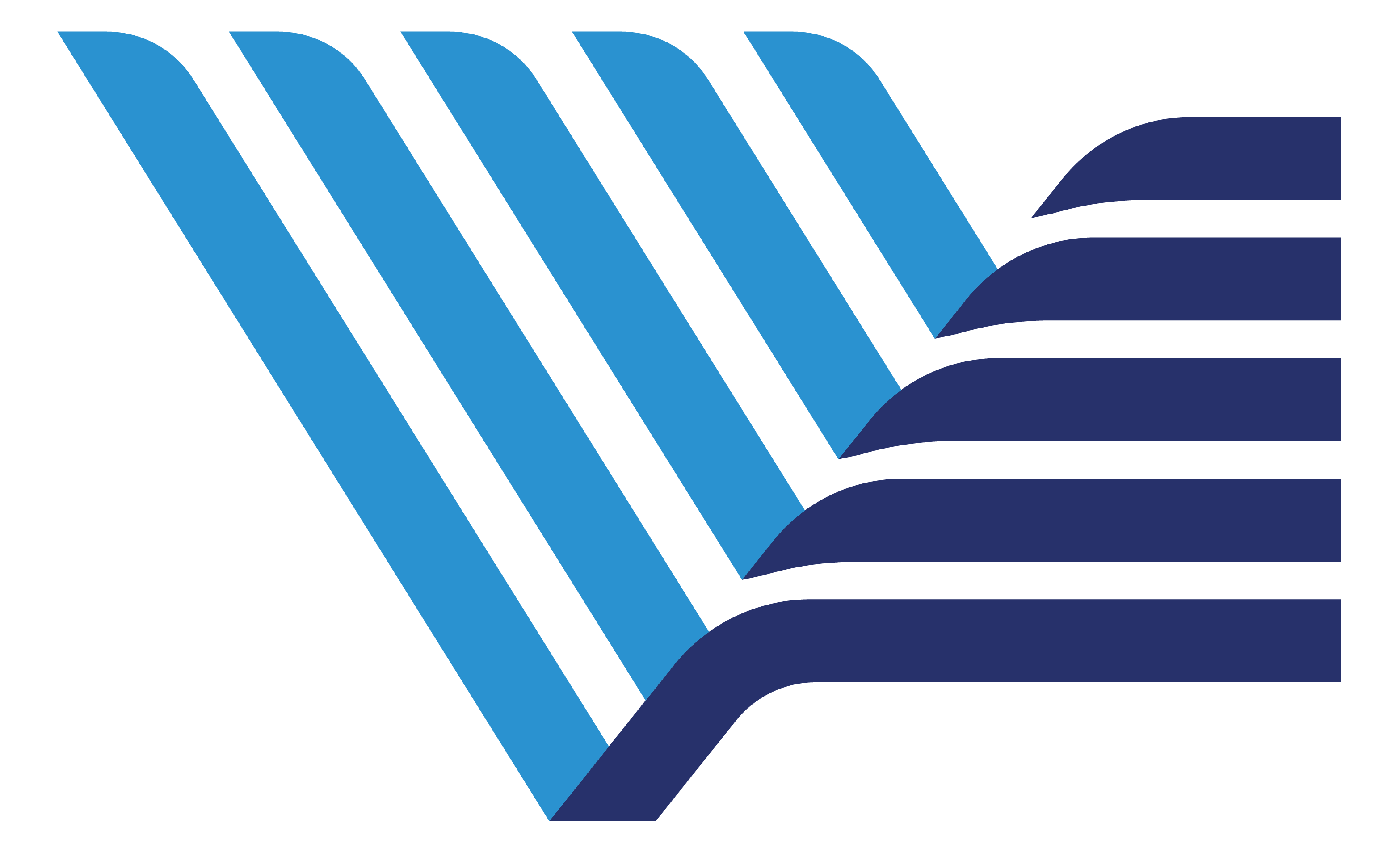Downloads
Abstract
Ultrasonic vibration-assisted machining (UVAM) has attracted considerable attention in recent years due to its potential to significantly enhance machining performance. This technique is particularly effective in extending tool life, minimizing surface roughness, and reducing cutting forces, which are critical factors in precision manufacturing. Unlike many previous studies that focus on high-speed spindles or specialized machining centers, the present research investigates the application of UVAM in finishing operations performed on conventional machine tools. The study specifically targets small, narrow surfaces with intricate profiles where the use of high-speed spindles is either impractical or unavailable. This approach broadens the scope of UVAM by demonstrating its feasibility in more common manufacturing environments. The ultrasonic vibration-assisted cutting tool used in this research is designed to be structurally similar to a conventional stand-alone cutting tool, allowing it to be integrated easily into traditional machining setups without requiring major modifications. To systematically evaluate the effects of key machining parameters on surface quality, the Taguchi method was employed as the experimental design framework. The parameters examined include vibration frequency (f), voltage supplied to the ultrasonic actuator (V), and spindle speed (n), which collectively influence the machining dynamics. The primary goal of the study was to achieve a surface roughness (Ra) below 1.6 μm while maintaining spindle speeds not exceeding 180 revolutions per minute, conditions relevant to conventional machine tool capabilities. Experimental results clearly indicate that vibration frequency exerts the most significant influence on surface roughness, followed by the voltage input to the ultrasonic actuator, while spindle speed within the tested range has a minor effect. Several experimental trials successfully achieved Ra values lower than the 1.6 μm target, confirming the effectiveness of UVAM under these constraints. These findings underscore the potential of ultrasonic vibration-assisted machining to improve surface finish quality on complex geometries even when using standard machining equipment. Ultimately, this work contributes valuable insights into expanding the practical application of UVAM, offering a promising solution for manufacturing scenarios where advanced high-speed machines are not accessible, thereby enhancing surface quality in resource-limited production settings.
Issue: Vol 8 No 4 (2025)
Page No.: 2663-2669
Published: Oct 21, 2025
Section: Research article
DOI: https://doi.org/10.32508/stdjet.v8i4.1107
PDF = 0 times
Total = 0 times

 Open Access
Open Access 








